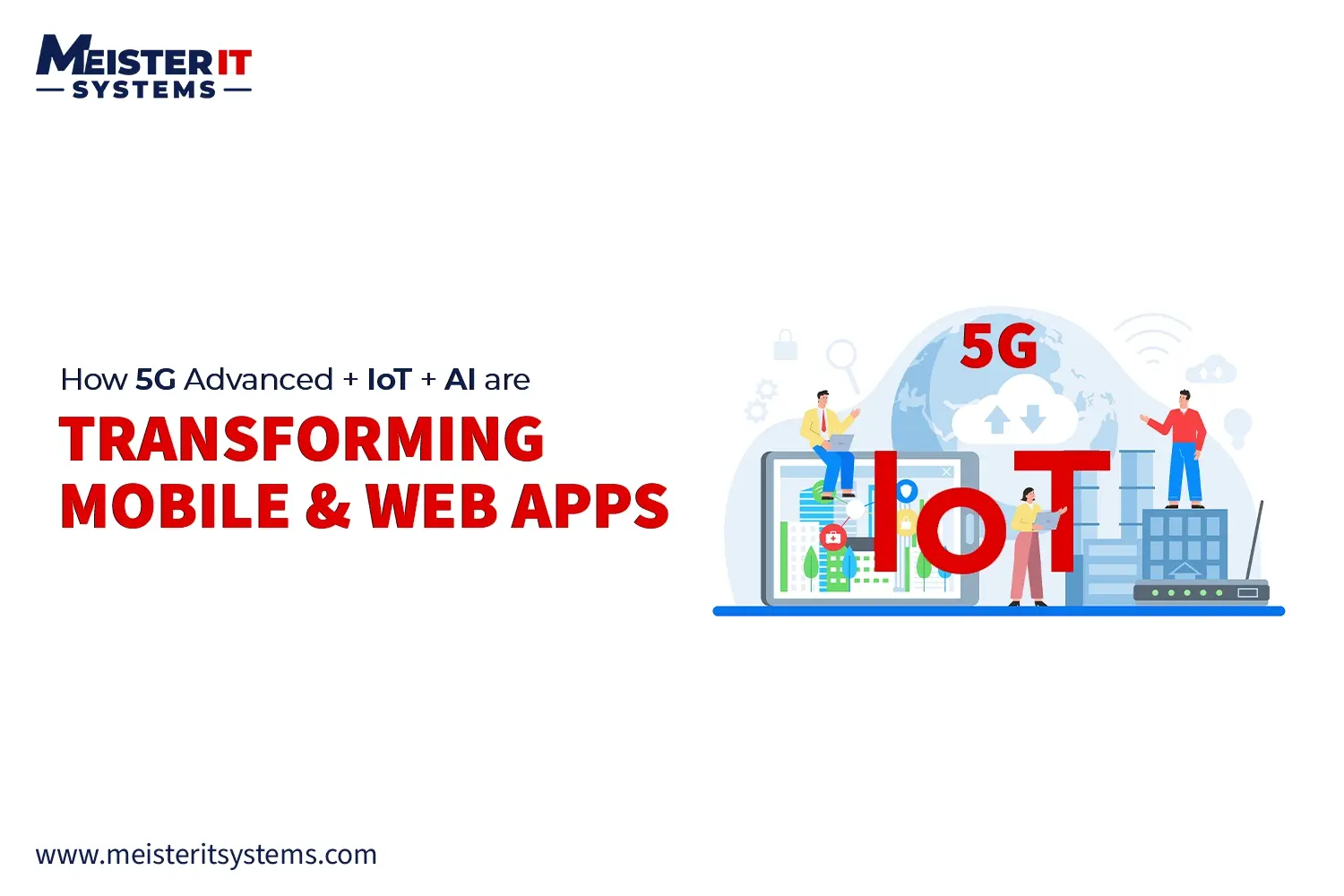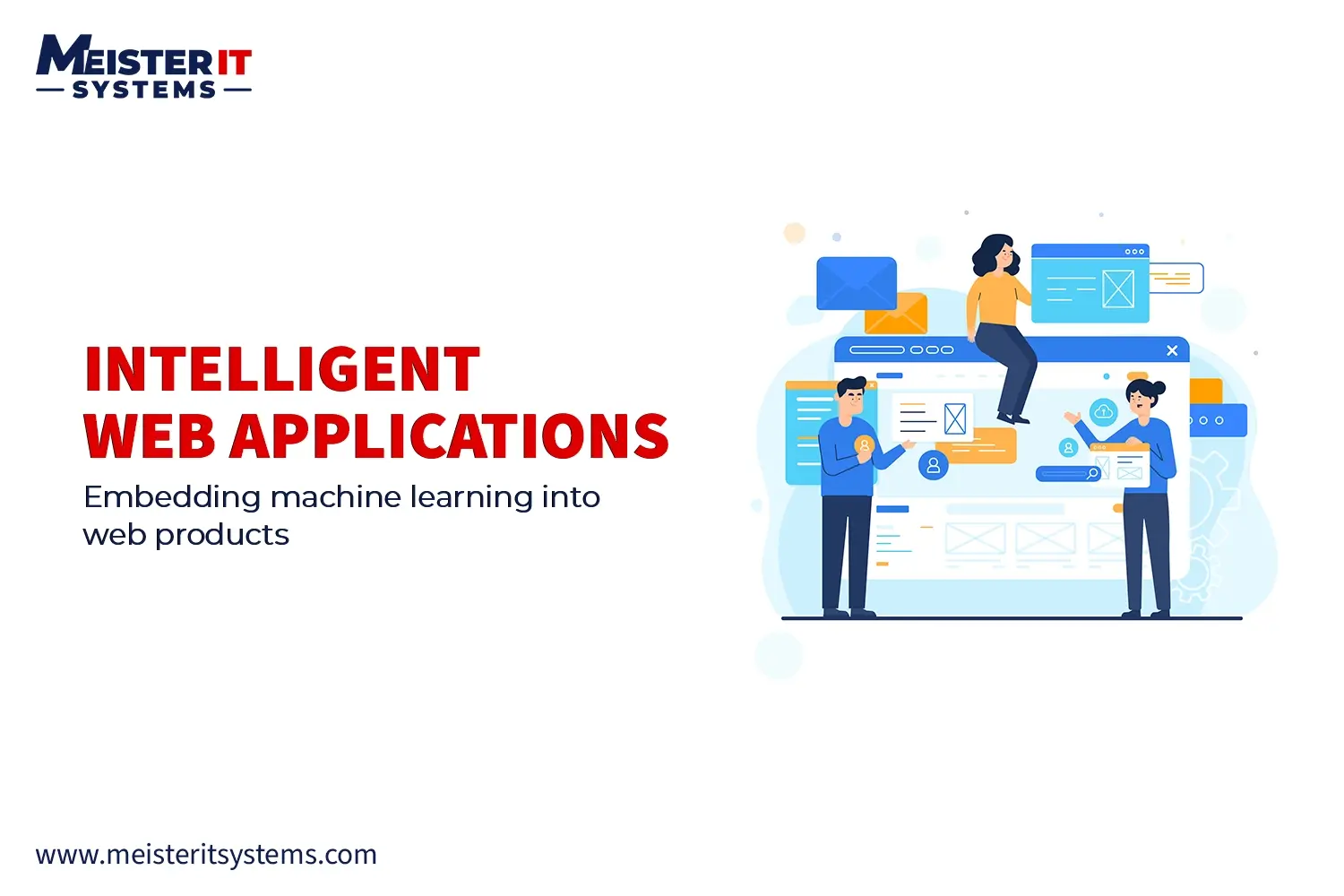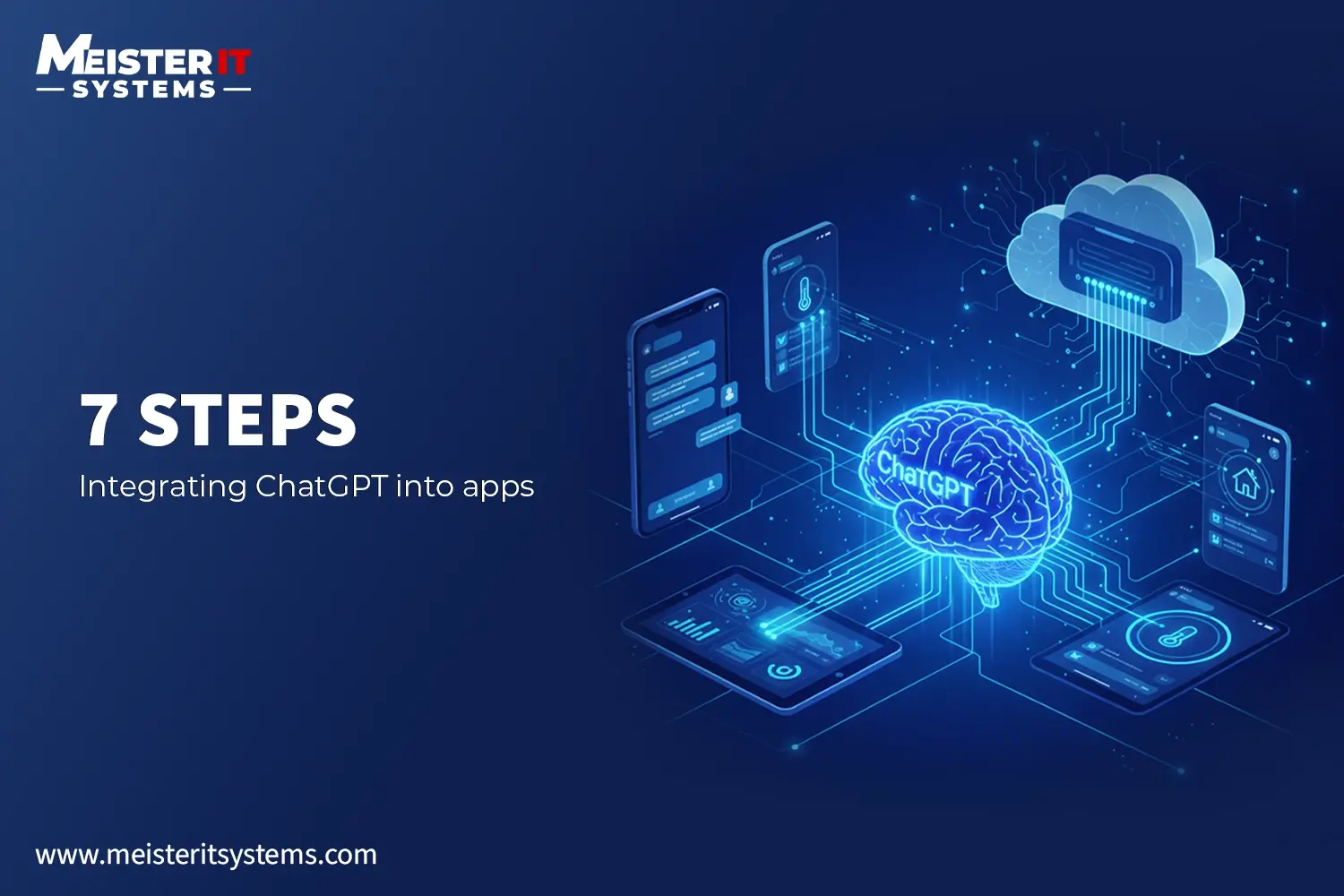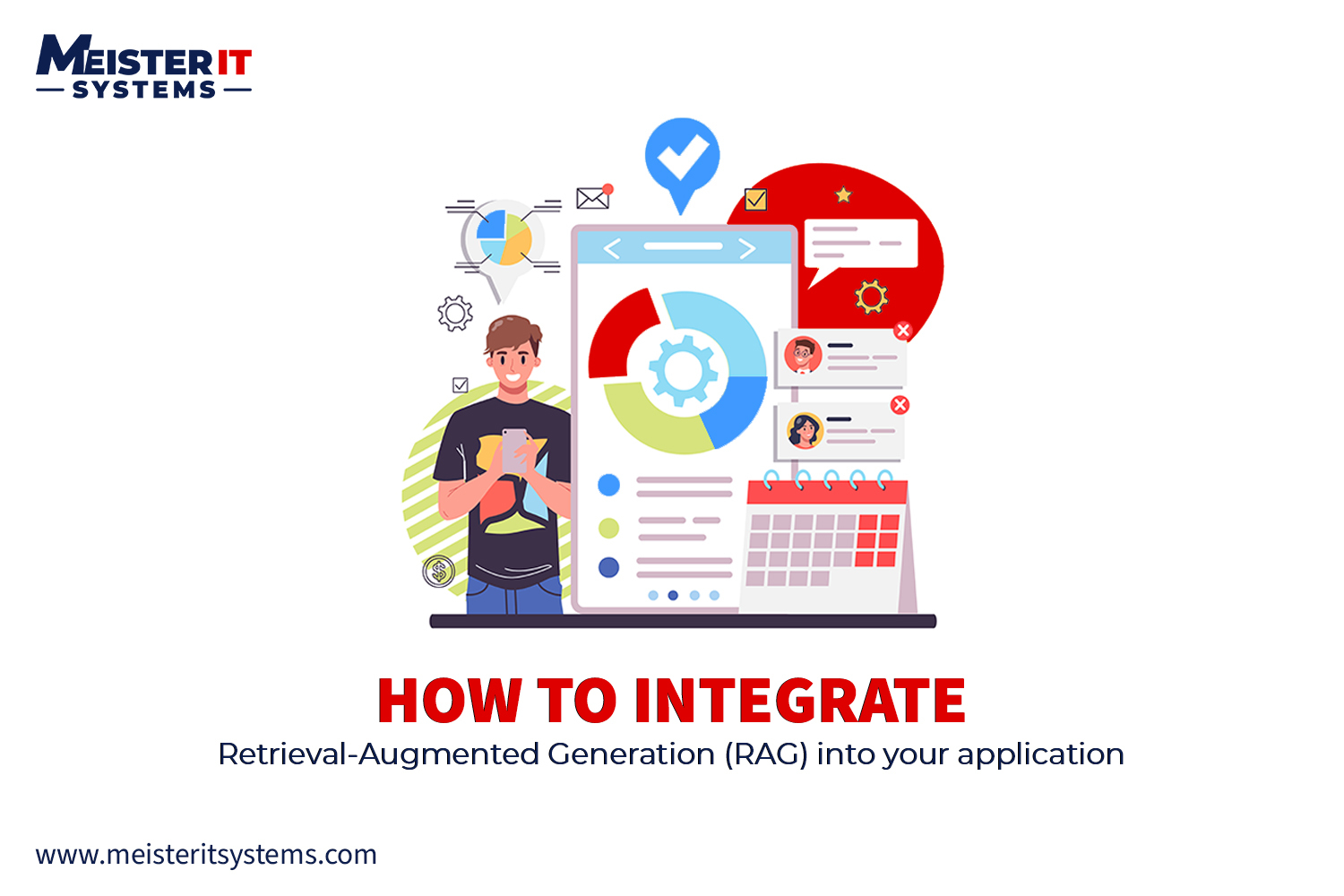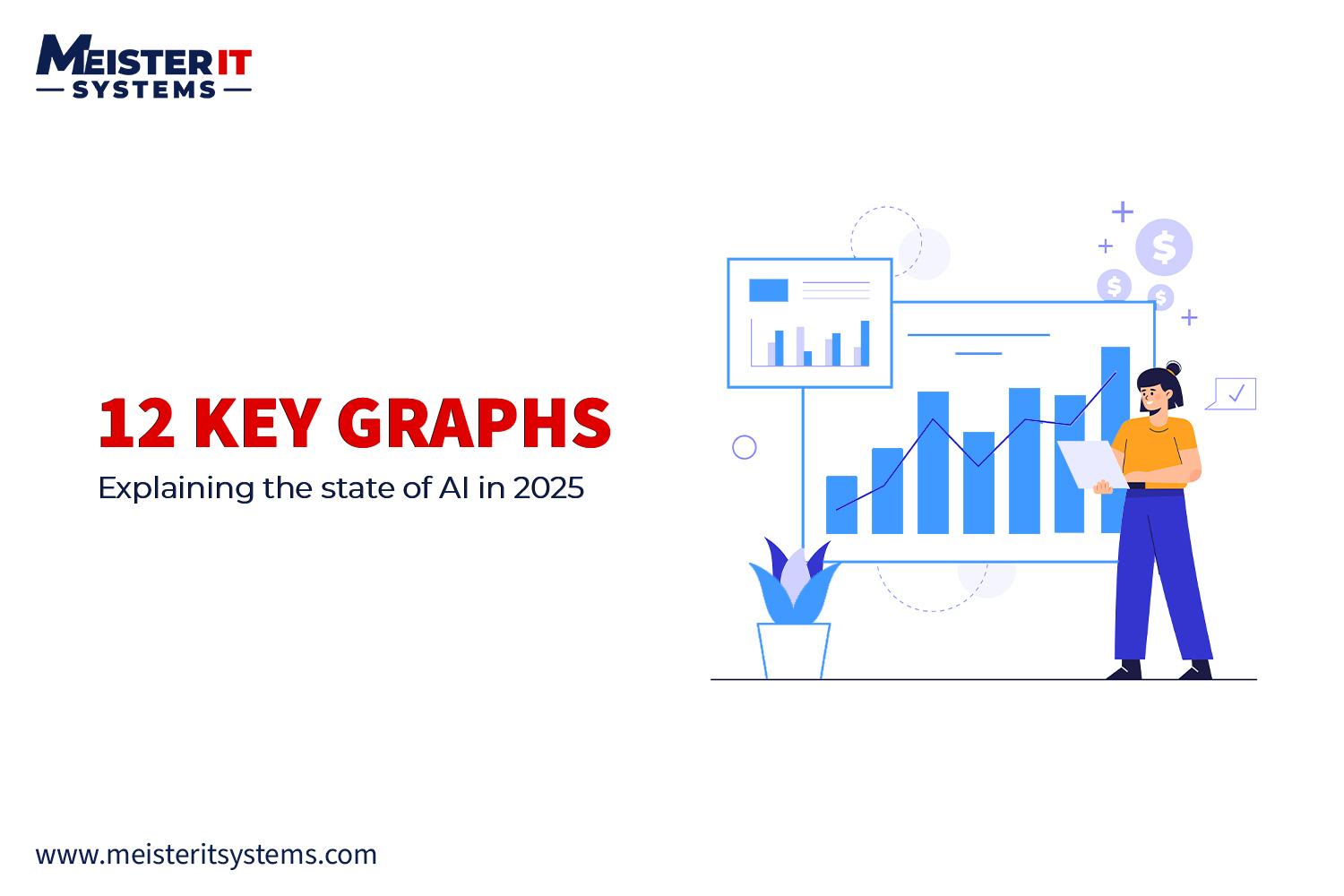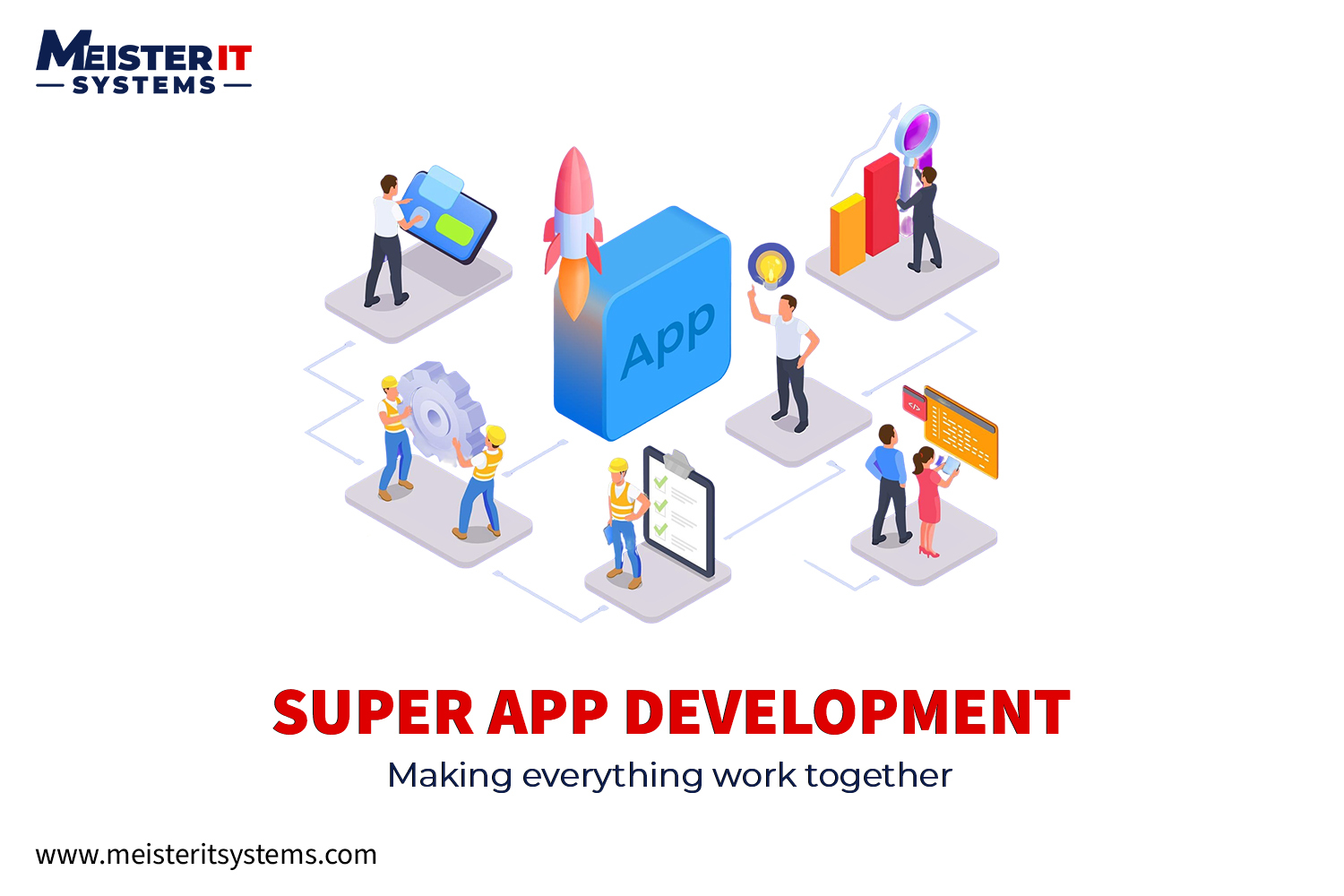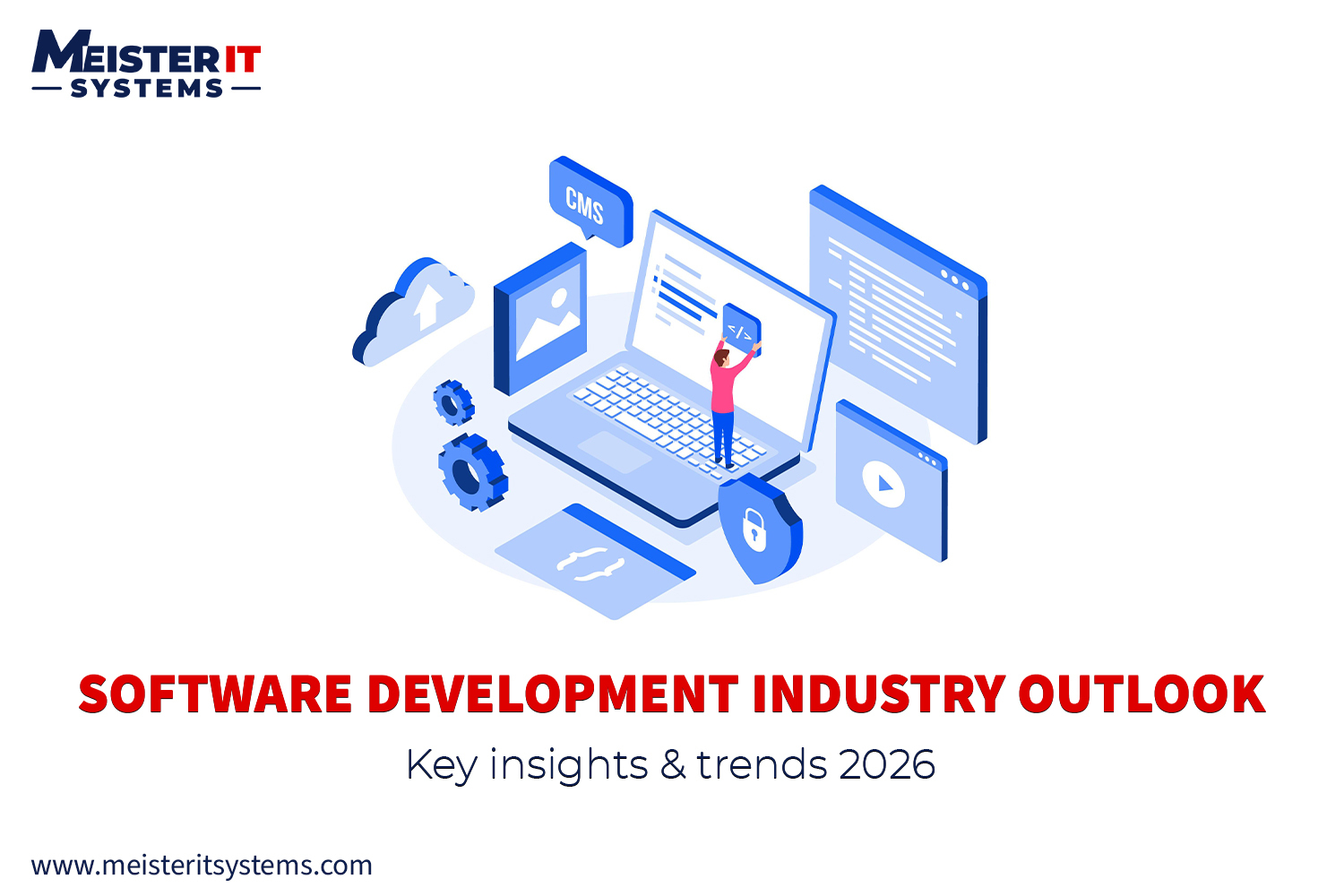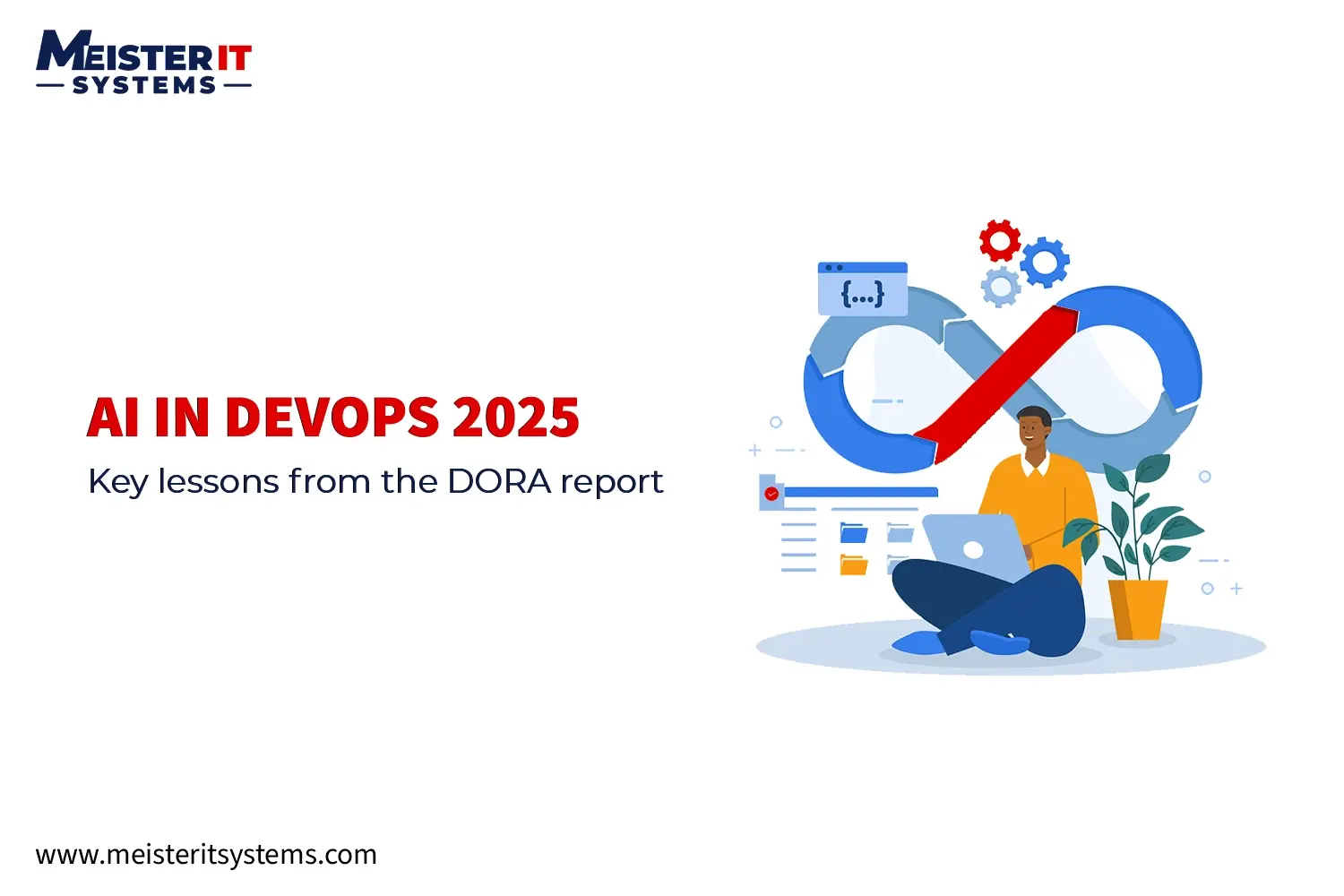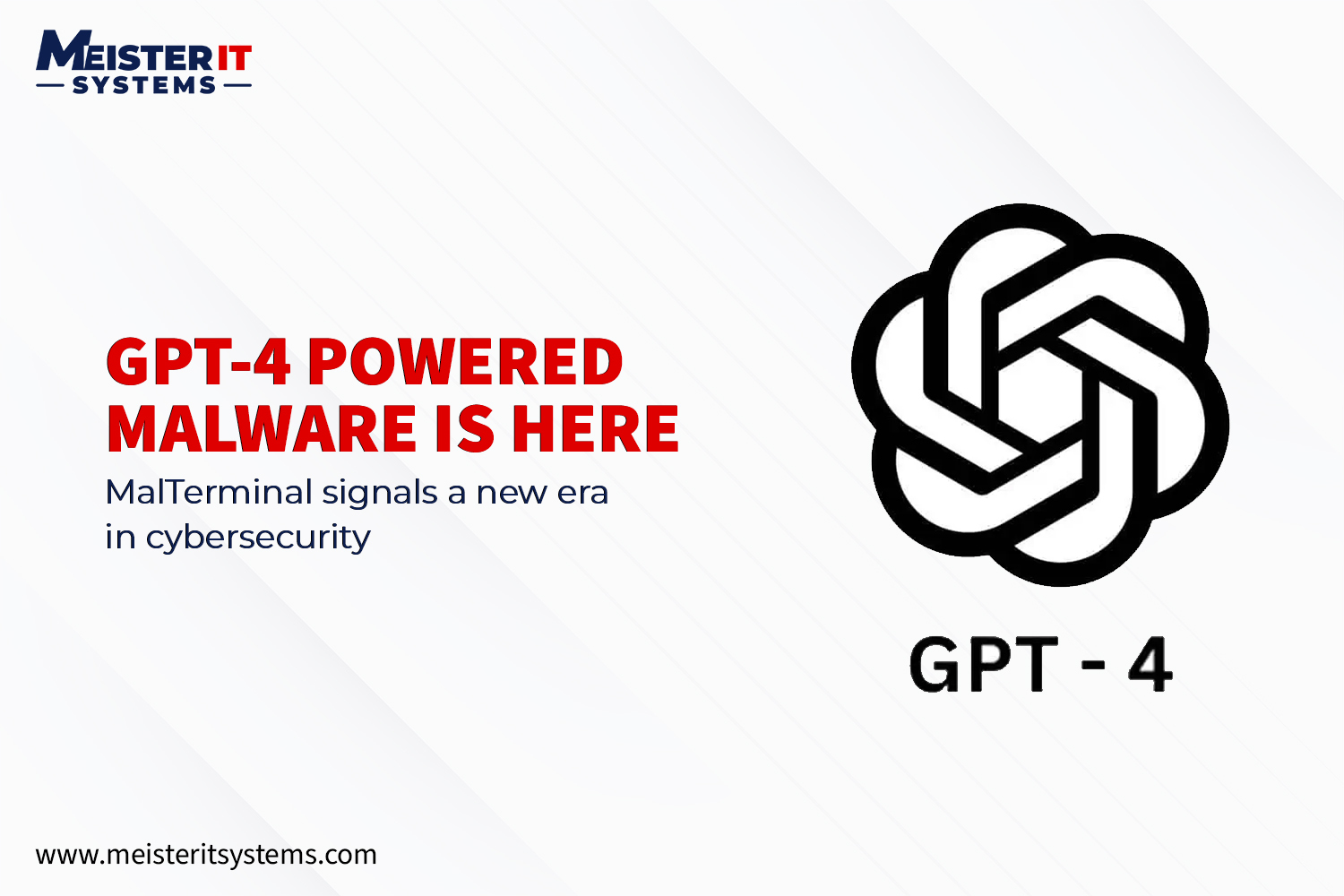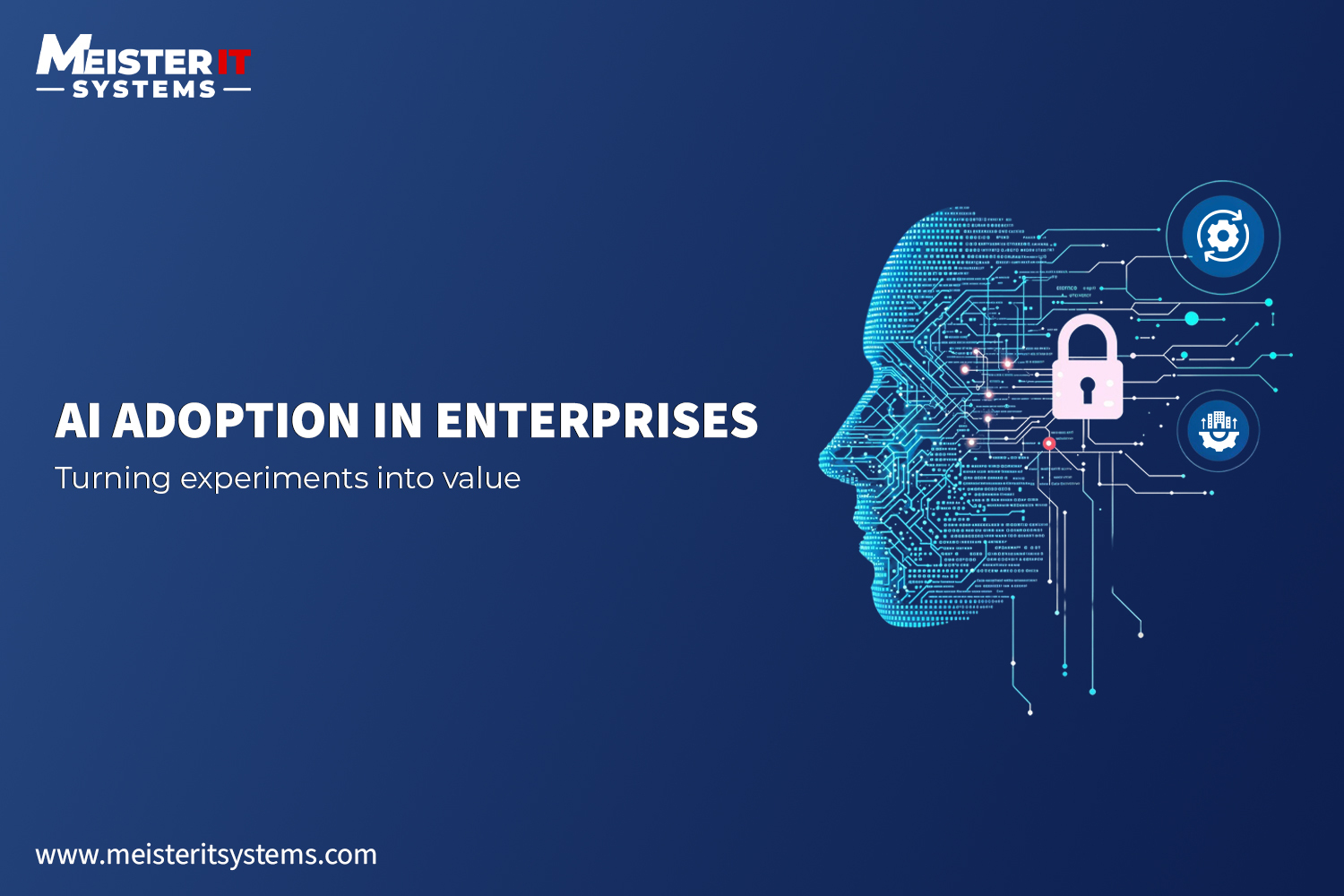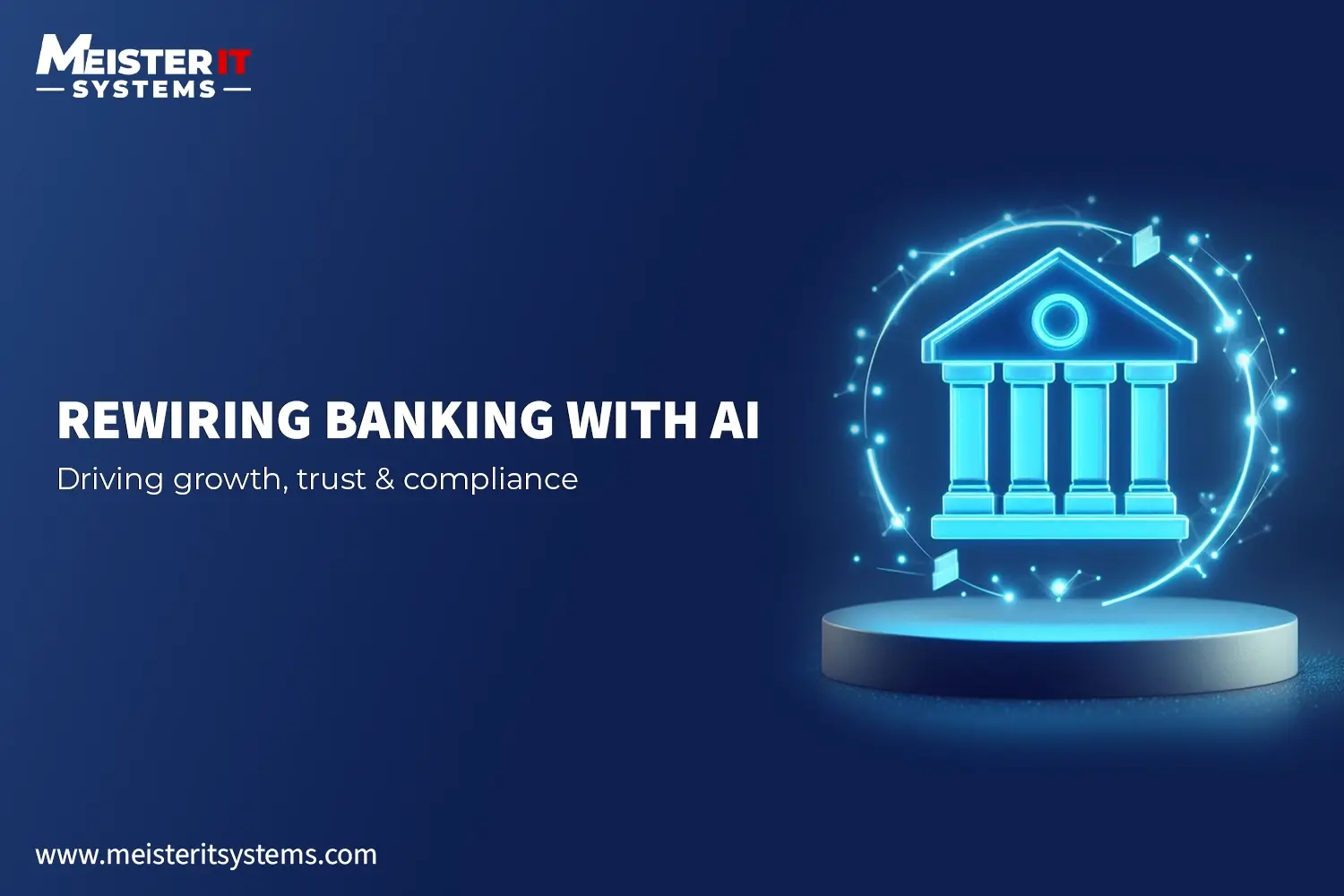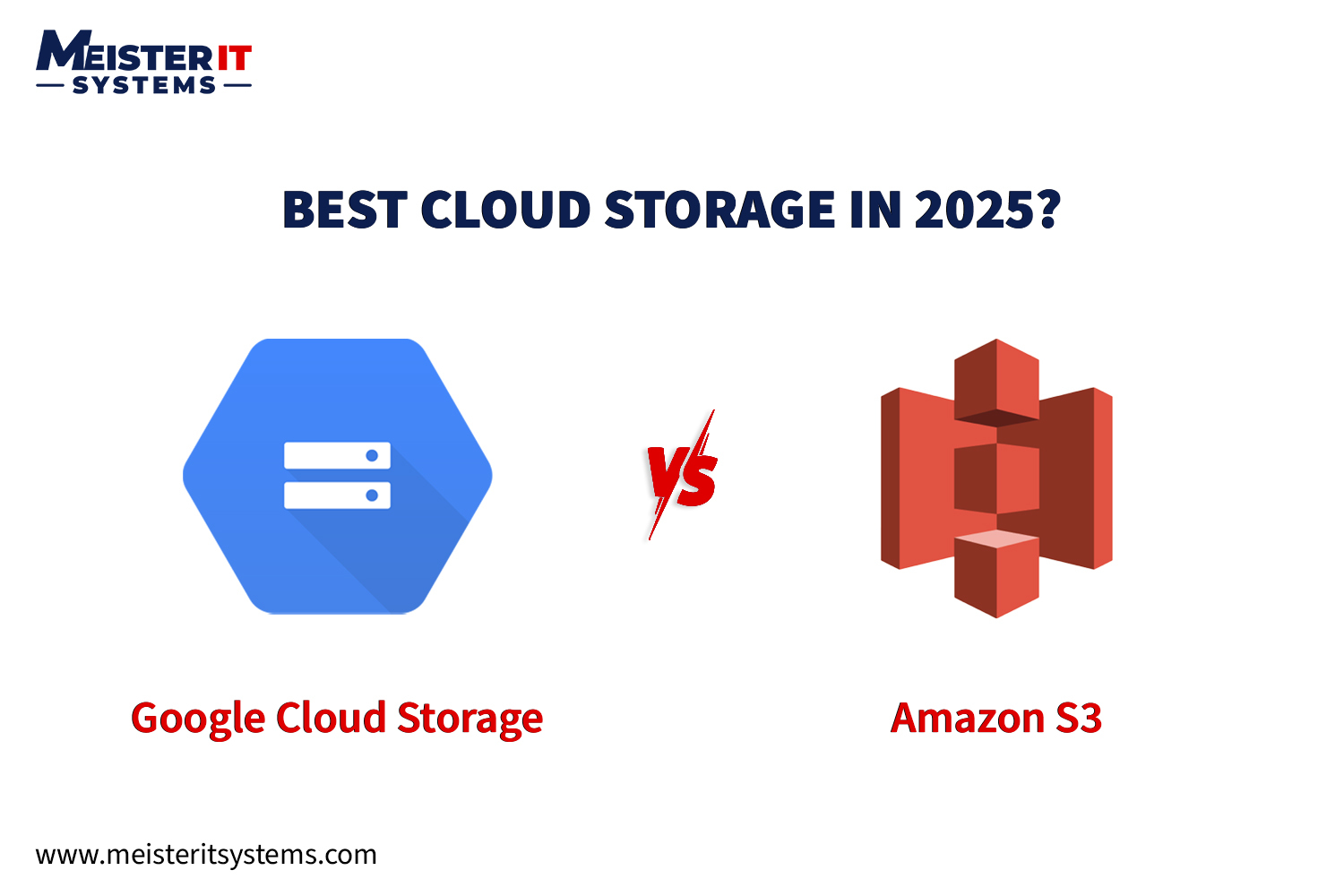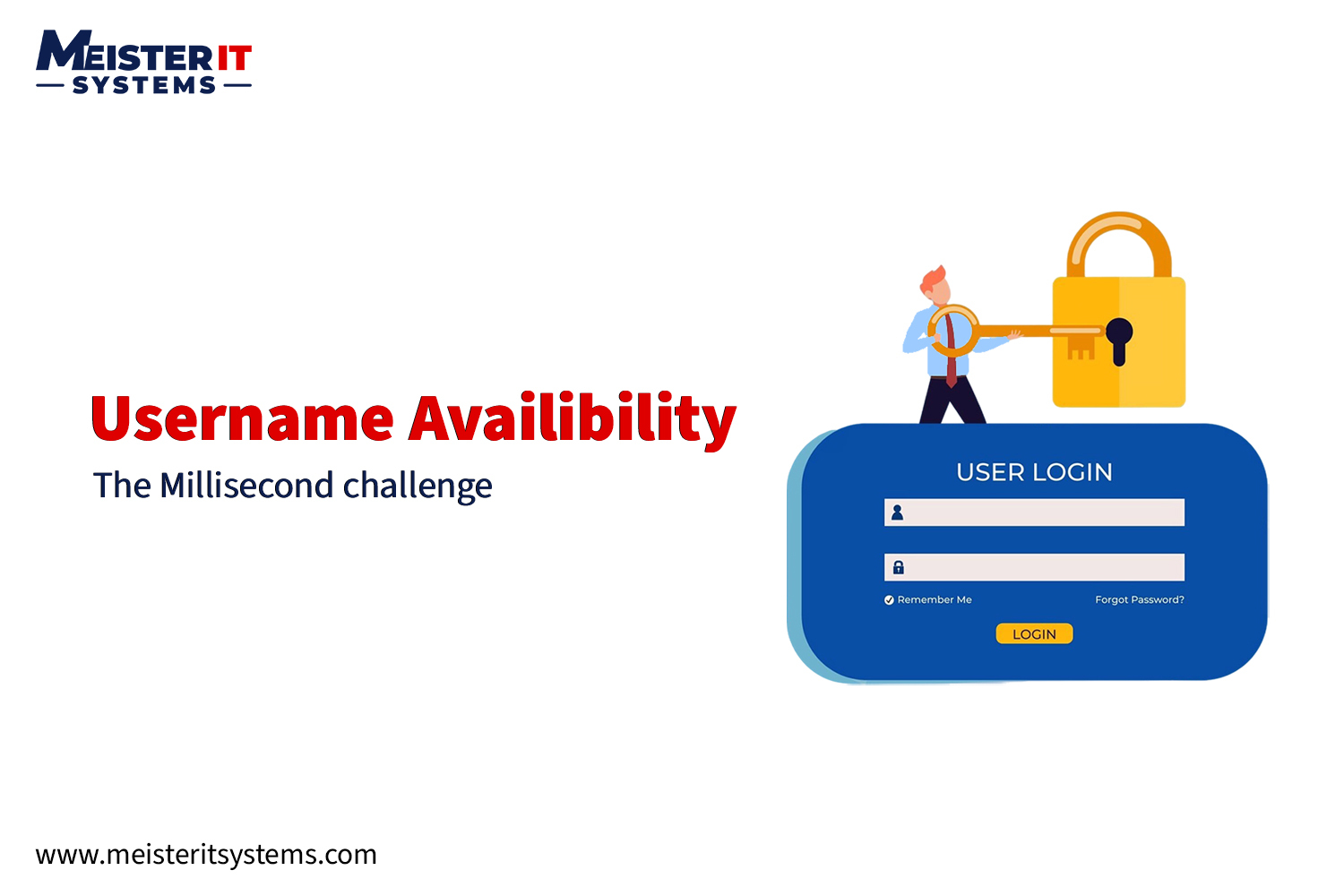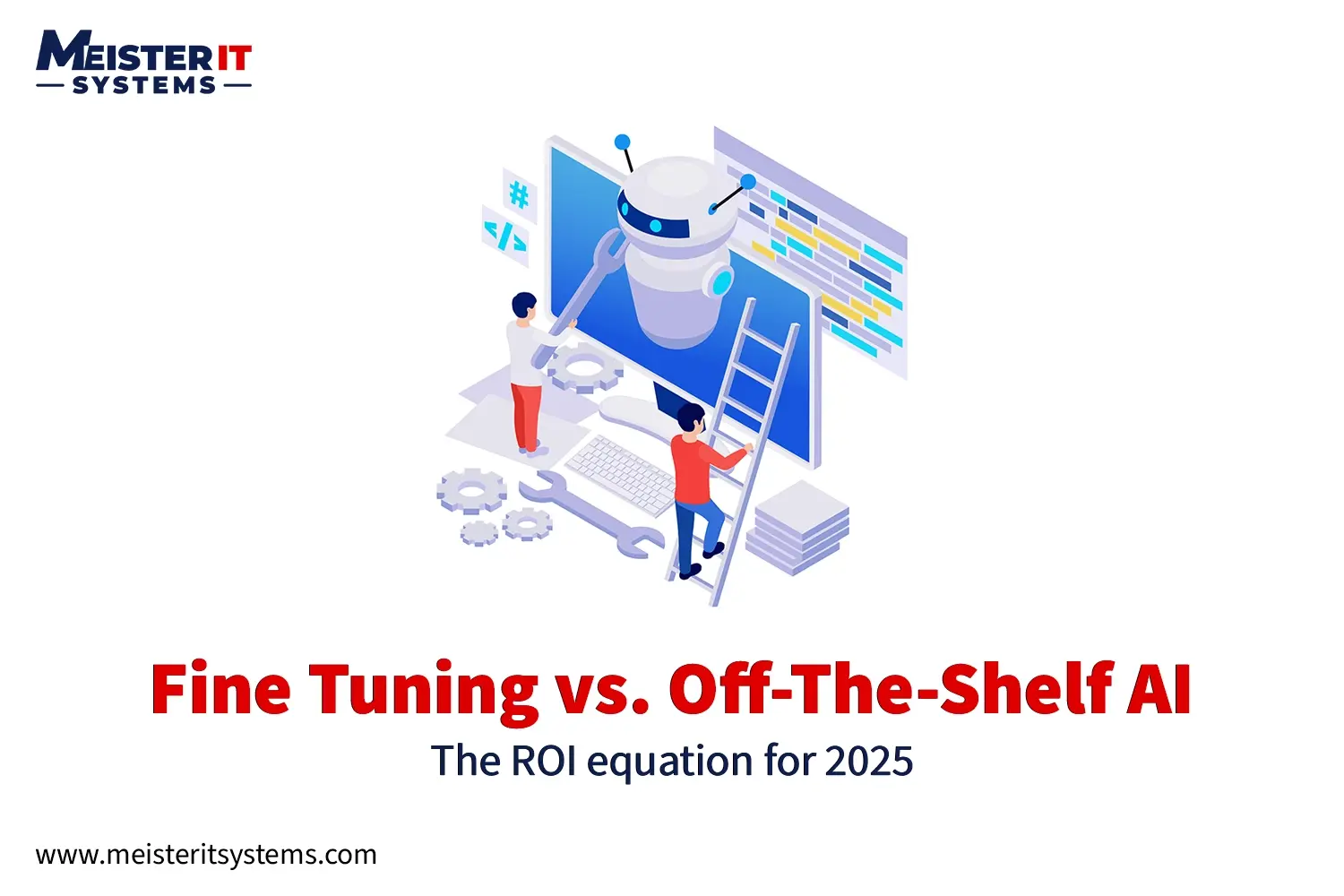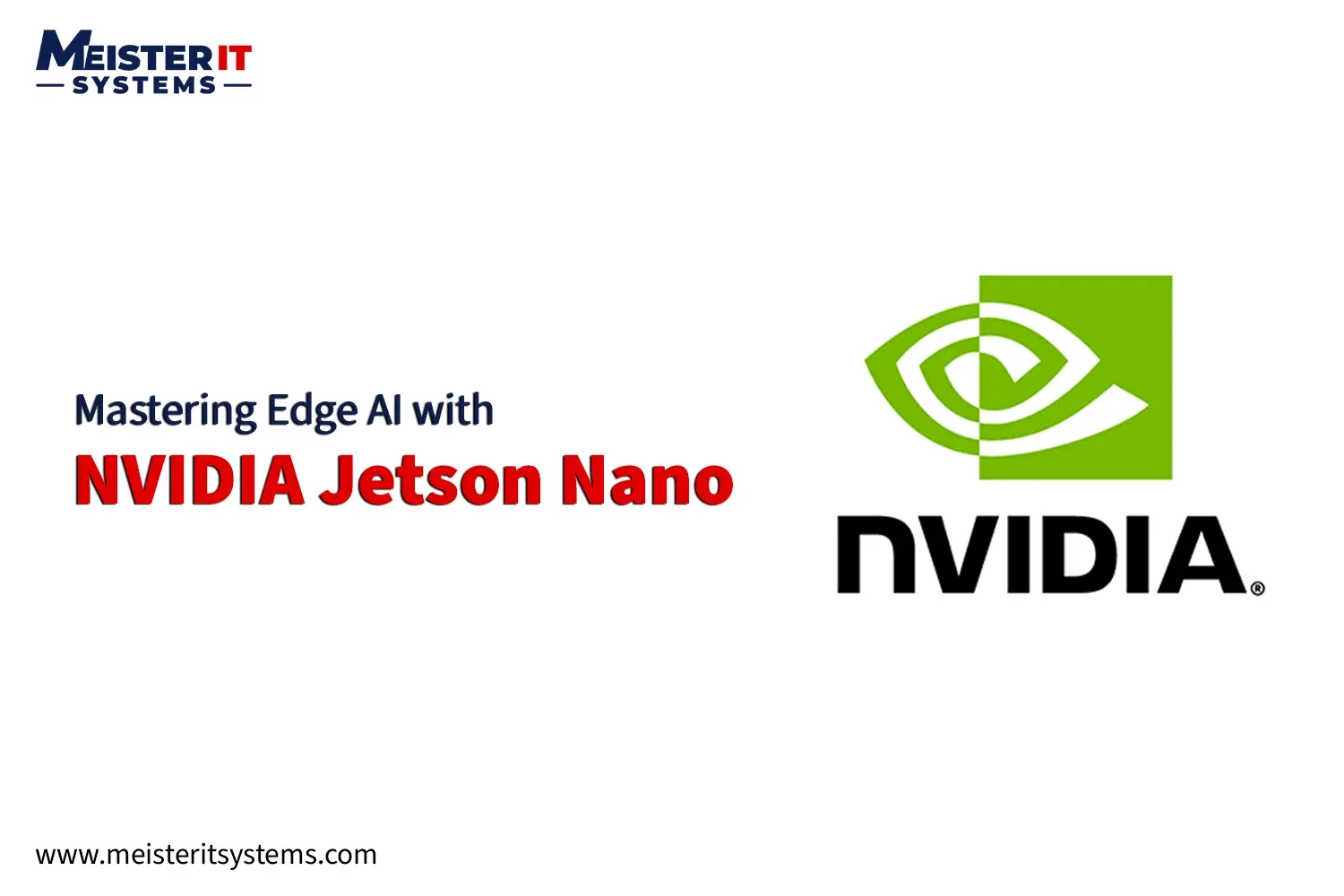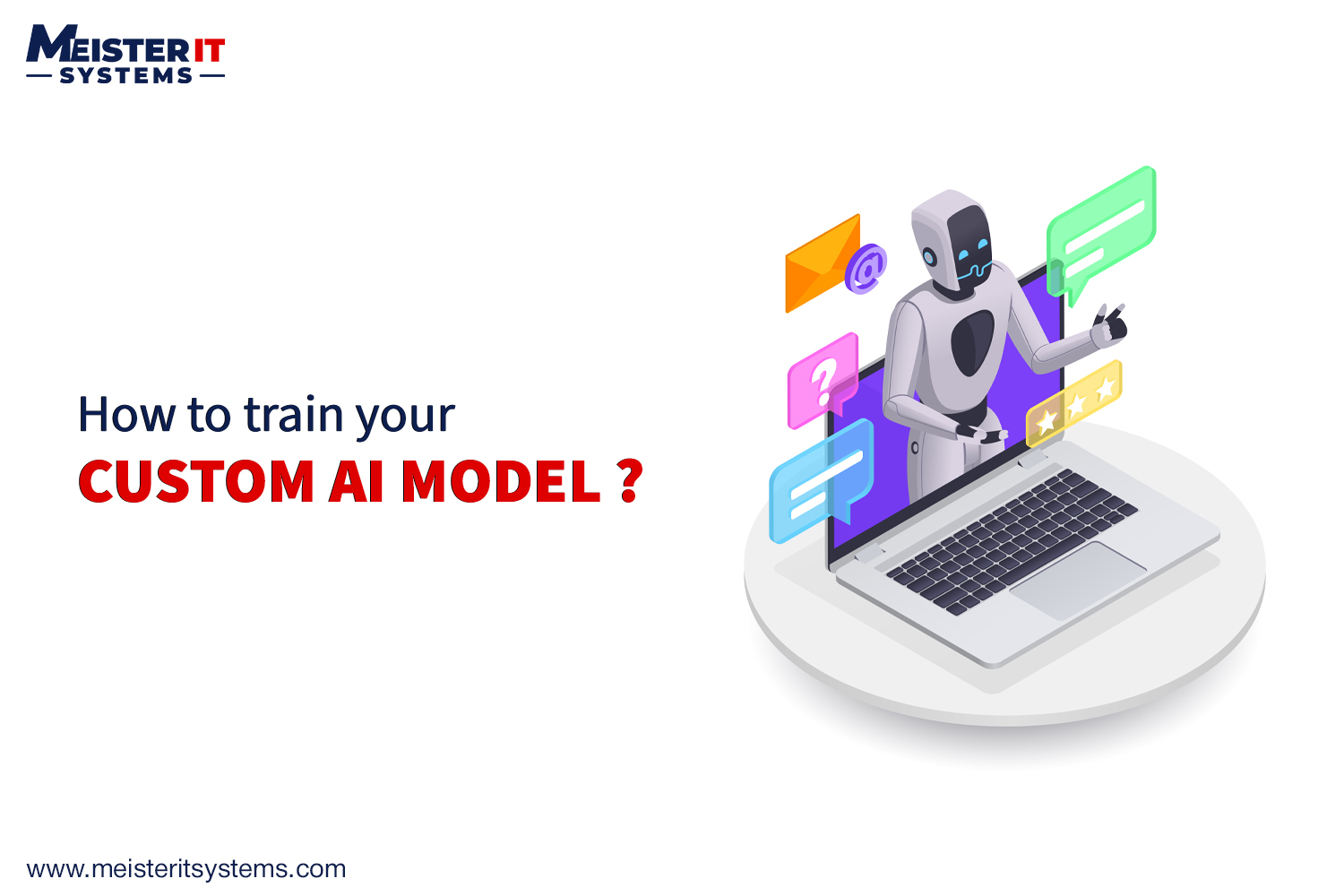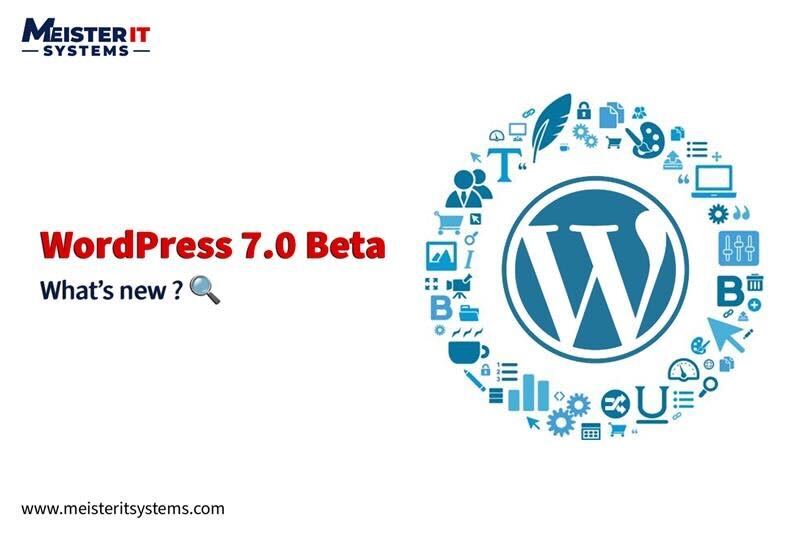
Over 43% of the web runs on WordPress, and it’s about to change in a big way.
The WordPress 7.0 Beta is live, and it’s bringing serious upgrades to Full-Site Editing, block themes, and developer workflows. If your site depends on WordPress, these changes aren’t optional. They’re your next move.
This release continues WordPress’s shift into a block-first, modular system. It focuses on flexibility, maintainability, and performance. For teams managing complex content workflows or building modern sites, this update is worth your attention.
At MeisterIT Systems, we’ve already explored 7.0 Beta in our development workflows. This blog shares everything you need to know to stay ahead.
What’s New in WordPress 7.0 Beta?
Here is a quick look at what stands out in this version:
- Full-Site Editing is now faster, more stable, and easier to use
- Global styles offer real design system functionality
- Block themes are cleaner and easier to scale
- Custom post types can now be edited visually
- Developer workflows are smoother and more reliable
- Accessibility across the editor is improved
“WordPress 7.0 represents a major step forward in making block themes the standard. This release improves the full-site editing experience, adds visual tools for developers, and lays the foundation for future innovation in the block editor.”
— WordPress Core Development Team, 2025
Full-Site Editing Gets a Real Upgrade
Full-Site Editing is no longer experimental. In version 7.0, you can control site-wide templates directly in the editor. That includes headers, footers, archive pages, and more.
The editor now also supports visibility logic. This lets you control when a block appears based on device type, user role, or content conditions.
What’s better:
- Faster, cleaner layout previews
- Reusable patterns and template parts
- No need to code templates manually
Why it matters
This empowers non-technical users to adjust layout and structure without touching code. For dev teams, this means fewer tickets for simple changes and faster launch cycles.
Global Styles Offer More Visual Control
Global styles now function like a lightweight design system. You can define typography, spacing, and colors at a global level, then apply them across blocks, pages, or post types.
New features let you lock specific styling so that editors do not accidentally change layout rules. You can also create and reuse style tokens or presets.
Highlights:
- Manage design through theme.json
- Lock style settings at different levels
- Apply changes across templates instantly
Why it matters
Teams can protect branding, reduce visual inconsistencies, and speed up design changes across multiple pages or templates.
Block Themes Are Ready for Production
Block themes are easier to create and manage. WordPress 7.0 improves layout logic, spacing control, and rendering consistency.
Developers can define complex layout rules using the theme.json file. They can also register template parts for headers, footers, or reusable blocks directly from the admin or in code.
New capabilities:
- Responsive grids using theme configuration
- Fewer layout bugs and overrides
- Better support for design tokens
Why it matters
Custom themes can be built with less CSS, fewer files, and cleaner logic. This means faster development and easier handoff between design and development teams.
Custom Post Types Work in the Site Editor
One of the biggest updates is the ability to visually manage templates for Custom Post Types (CPTs).
In the past, building custom layouts for CPTs required PHP templates and extra logic. WordPress 7.0 changes that by allowing you to edit CPT layouts using blocks.
Features:
- Custom templates for post types like products, events, or listings
- Support for taxonomies and metadata
- Real-time previews in the editor
Why it matters
This unlocks faster prototyping and visual control for structured content. Your team can deliver more custom work without increasing dev complexity.
Developer Experience is More Streamlined
WordPress 7.0 includes several updates that improve how developers work behind the scenes.
These include:
- Faster rendering of blocks using smarter caching
- Cleaner HTML output with less nested markup
- Better debug logs for tracking errors
- More consistent REST API schema
These are especially helpful for headless WordPress builds and API-first setups.
Why it matters
Cleaner data, faster performance, and fewer bugs make it easier to build advanced frontends or integrate third-party systems.
Accessibility and Editor UX are Improved
WordPress 7.0 makes the Site Editor easier to navigate and use for all users.
Accessibility updates include:
- Better keyboard support
- Improved screen reader compatibility
- Clearer focus indicators and editor feedback
Why it matters
Meeting accessibility standards is simpler and more reliable, helping teams avoid compliance issues while building better experiences for everyone.
How To Test WordPress 7.0 Beta?
This is a beta release, so it is not ready for production. But early testing helps you plan for upcoming changes and avoid migration issues later.
Steps to test:
- Set up a local or staging WordPress environment
- Install the WordPress Beta Tester plugin
- Switch to the “Bleeding Edge” channel
- Use a block theme like Twenty Twenty-Four
- Test your workflows, plugins, and CPTs
- Explore full-site editing and global styles
- Share feedback with the WordPress core team
Use real content when possible to simulate actual scenarios.
Why Should You Start Preparing Now?
You do not have to switch to WordPress 7.0 immediately. But you should begin preparing.
Here is how:
- Review your theme and check for outdated code
- Evaluate plugins for compatibility with block themes
- Start testing block-based workflows in staging
- Identify areas where global styles could replace custom CSS
- Plan your CPT template migration
Why it matters
WordPress is moving toward a block-first architecture. Sites built on older themes may start to break or feel outdated.
How Are We Using WordPress 7.0 at MeisterIT Systems?
At MeisterIT Systems, we are already working with WordPress 7.0 Beta in several internal and client projects.
We are currently:
- Rebuilding legacy themes with block-first layouts
- Creating modular, reusable components for templates
- Developing style systems that scale across multisite networks
- Optimizing CPT templates for real-time updates
- Improving site speed through lighter markup and caching
These workflows reduce build time and improve handoff between dev, design, and content teams.
Conclusion
WordPress 7.0 Beta is one of the most impactful updates in recent years. Full-Site Editing is more flexible, block themes are production-ready, and development workflows are cleaner. Teams now have more control with less complexity.
If your business runs on WordPress, this is the right time to review your current setup, test the new features, and prepare for what’s coming next.
At MeisterIT Systems, we help businesses modernize WordPress platforms, optimize performance, and adopt the latest theme architecture.
Want a faster, cleaner, future-ready WordPress site?
Contact us today!



